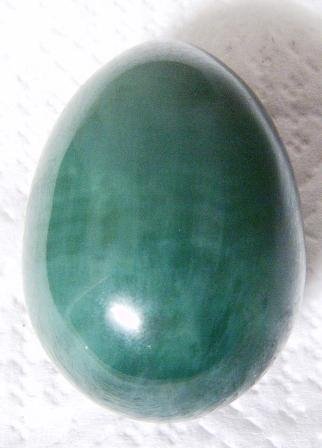Many minerals are sold as jade. Some of these are: curving (too bowenite), carnelian, aventurine quartz, glass, grossularite, Vesuvianite, soapstone (and new steatites such as shoushan rock) and newly, Australian chrysoprase. "Korean jade," "Suzhou jade," "Styrian jade," "Canadian jade," "Olive jade" and "New jade" are all truly curving; "Transvaal jade" is grossularite. Other names for fake jade are: "Honan jade," "Metajade" and "Xinjiang jade. " Jade may be enhanced (sometimes ask "stabilized. There are three principal methods, sometimes referred to as the ABC Treatment System. Type A jadeite has not been treated in any manner except surface waxing. Type B handling involves exposing a bright but tarnished slice of jadeite to chemical bleaches and/or acids and impregnating it with a clear-cut polymer resin. This results in a substantial advance of transparency and tone of the textile. Currently, invisible spectroscopy is the alone examination for the sensing of polymer in jadeite. Type C jade has been artificially stained or dyed. The crimson tone of Red jade can be enhanced with warmth. The effects are slightly uncontrolled and may ensue in a boring brown. In any lawsuit, translucency is normally lost.
